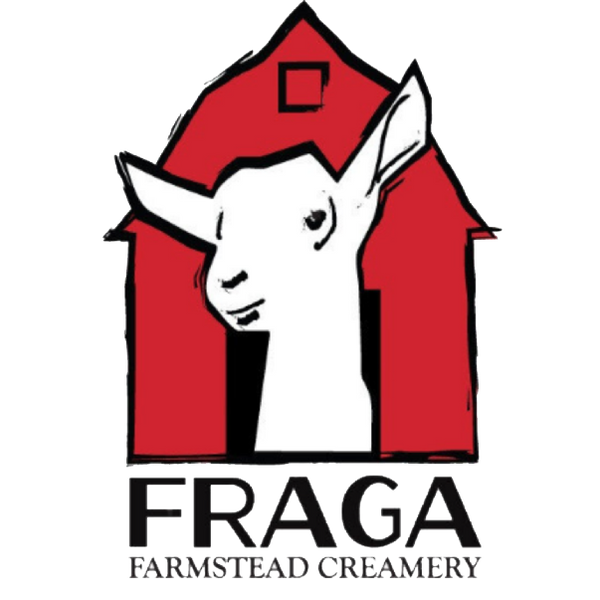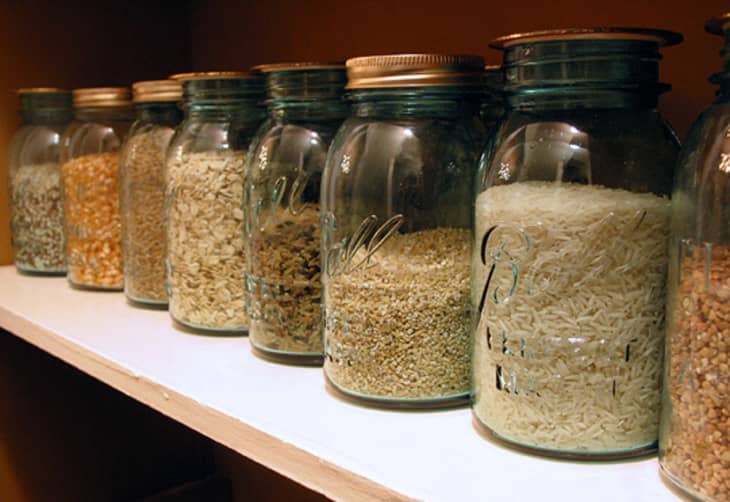Frugality as a Way of Life on the Farm
When we moved to the farm in 2008, the economy was in rough shape. We pieced together part-time jobs and began fixing up what would eventually become our dairy. What I found so delightful—then and now—was how much “cheap fun” life on the farm offers. We didn’t miss going out. A fire by the pond and a home-brewed drink was every bit as good as a night out.
Ever since, we’ve embraced a lifestyle of frugality, DIY spirit, and vintage aesthetics. Over time, it’s become second nature. Done well, frugality is deeply satisfying—it saves money, reduces waste, encourages skill-building, and often leads to better choices for your body and the planet.
Frugality also increases choice and strengthens communities- by not buying goods that bring little joy and only fleeting convenience you may be able to buy those things that DO support your community- like greens (and our cheese!) from the farmer’s market.
The best way to change things is to start somewhere: identify one item you often purchase and find an alternative that you can buy in bulk or local. Then keep going!
Our Love Affair with Mason Jars
Let’s talk about mason jars. Even if I didn’t care about microplastics or petrochemical waste, I’d still love them. They’re endlessly useful. We’ve used them for oil lamps, solar lanterns, hummingbird feeders, and—of course—as sturdy, reusable food containers.
One reason we buy prepackaged goods is convenience. I’ll admit, I love ramen noodles, and while we haven’t yet started making our own (though I’ve thought about it!), I do feel a little pang of guilt every time I toss all those little packets. Still, I allow myself my ramen—but we’ve managed to cut out plenty of other convenience foods by simply prepping things ahead of time in mason jars.
Take granola jars, for instance. Instead of buying granola bars or power snacks, we mix dried fruits, nuts, and granola clusters in a big bowl, then portion them into 4 oz jars. They’re perfect for grabbing on the go—convenient, attractive, and waste-free.
We also store our bulk ingredients in jars. The 4.5 oz "chèvre jar" is our go-to for everything from wine to measuring a half cup. But my favorite is the half-gallon mason jar—ideal for flour, rice, and beans and sugar. We buy our staples in 50-pound bags, and the jars keep everything fresh and visible, lined up beautifully on a shelf.
Bulk buying isn’t just a frugal habit—it’s a lifestyle choice with deep roots and big benefits. In fact, the modern food co-op movement began in the 1970s when small groups of people pooled their money and placed bulk orders together. That same sense of cooperation, sustainability, and savings holds true today—and it’s easier than ever to get started.
The Advantages of Buying in Bulk
1. Cook More From Scratch
When your pantry is stocked with staples like oats, beans, flour, and rice, you're more likely to cook meals from scratch—healthier, cheaper, and more nourishing food. Bulk ingredients make it easier to whip up everything from hearty stews to quick breads without a trip to the store.
2. Less Plastic Waste
Most bulk items can be purchased using reusable containers, cloth bags, or paper sacks. That’s a lot fewer plastic bags and boxes heading to the landfill. Better yet? Store your bulk goods in glass jars, which are non-toxic, won’t absorb odors, keep pests out, and let you see exactly what you have on hand.
3. Emergency Preparedness
Buying in bulk means you're less reliant on store trips—especially useful during natural disasters, illness, or supply chain issues. Many dry goods have long shelf lives and can form the backbone of an emergency pantry.
4. Save Money—A Lot of It
Let’s take pinto beans as an example. A 20-lb bag of organic beans at Costco might cost $25, while buying the same amount in 1-lb bags can cost $2.49 each—adding up to nearly $50. That’s 50% savings, just by thinking ahead.
5. Build Community
Starting a bulk buying club with neighbors or friends can save you even more—sharing the cost of large quantities while fostering connection. Many co-ops and community pantries started this way, and it's still a great way to make food more affordable for everyone.
Getting Started
We like ½ gallon jars for flour, rice, beans and sugar and quart jars for other legumes and dry ingredients like buckwheat or quinoa.
How much can you fit? Here is a cheat sheet (each ½ gallon jar fits the same as two quart jars!)
Suggested Bulk Quantities + Jar Sizes
|
Ingredient |
Amount in ½ Gallon Jar |
Amount in Quart Jar |
Approx. Weight in ½ Gallon |
Shelf Life |
|
All-purpose flour |
6–7 cups |
3–3½ cups |
2 lbs 4 oz (36 oz) |
6–12 months airtight |
|
White rice |
3½–4 cups |
1¾–2 cups |
2 lbs 4 oz (36 oz) |
4–5 years (white rice) |
|
Brown rice |
3½–4 cups |
1¾–2 cups |
2 lbs 4 oz (36 oz) |
6 months (brown rice) |
|
Rolled oats |
5–6 cups |
2½–3 cups |
1 lb 8 oz (24 oz) |
12–24 months |
|
Pinto beans |
3–3½ cups |
1½–1¾ cups |
1 lb 6 oz (22 oz) |
2+ years |
|
Red lentils |
3½–4 cups |
1¾–2 cups |
1 lb 6 oz (22 oz) |
1–2 years |
|
Sugar (white) |
4 cups |
2 cups |
2 lbs |
Indefinite if dry |
|
Coffee beans |
3½–4 cups |
1¾–2 cups |
1 lb 12 oz (28 oz) |
6–12 months whole bean |
Tip: Use a wide-mouth funnel or scoop to fill jars easily without mess.
Frugality + Community: Host a Bulk-Buy Party
We’ll be including frugality and DIY tips in our newsletters going forward, and here’s one to start: Host a bulk-buy get-together.
If you’ve ever felt overwhelmed by the idea of prepping or buying in bulk, start small—and with friends. Get two or three cases of half-gallon jars, head to a chef supply store or Costco, and split big bags of rice, flour, sugar, and beans. Bring a wide-mouth funnel and turn it into a party. A friend might introduce you to lentils or share a favorite recipe.
In the Pacific Northwest, Bi-Mart and WinCo are great sources for jars- especially the ½ gallon ones that are more of a specialty size. Hardware stores also carry good selection but may have slightly higher prices. At the end, divide the cost and walk away with a well-stocked pantry, new skills, and stronger connections.
Ask everyone to bring a recipe—or even a dish—that uses something from the bulk pantry. And if you’re hosting, here’s a great idea for your contribution: Cake Mix in a Jar. It’s easy to make, customizable, way better than the stuff in the box and contains no funky ingredients that you don’t want and might just inspire you to bake more often.
Cake Mix in a Jar
Makes 4 cakes – fits in one half-gallon jar or two quart jars
Dry Mix:
- 5 cups all-purpose flour
- 3 cups granulated sugar
- 5 teaspoons baking powder
- 2 teaspoons baking soda
- 2 teaspoons salt
- 1 vanilla bean, scraped and mixed into sugar (add the pod to the jar, remove before baking)
Mix well and transfer to your jar(s). Shake before using to redistribute ingredients.
To Bake One Cake:
- 2 1/3 cups dry mix
- 1/2 cup milk or buttermilk
- 1/2 cup vegetable oil
- 2 large eggs (room temp)
- 1 1/2 teaspoons vanilla extract
Mix and pour into a greased 9 inch cake pan or pie dish or better yet – bake a big and a little cake. (see below) Bake at 350°F for 30–35 minutes, or until a toothpick comes out clean. Cool before serving.
Big Cake, Little Cake
At our farm, we always bake two cakes: one big, one little. I found a tiny 3–4 inch springform pan at Goodwill that makes the perfect mini cake. A muffin tin would also work! The big cake is for sharing. The little cake? That’s a gift—for a neighbor, a friend, or maybe a coffee guest who loved the first slice. The cake mix will make one 9” cake or one 8” cake and a little cake!
In the end, frugality is so much more than saving money—it's smart, sustainable, and community-minded. Start small, share with friends, and watch your pantry, savings, and heart grow.

